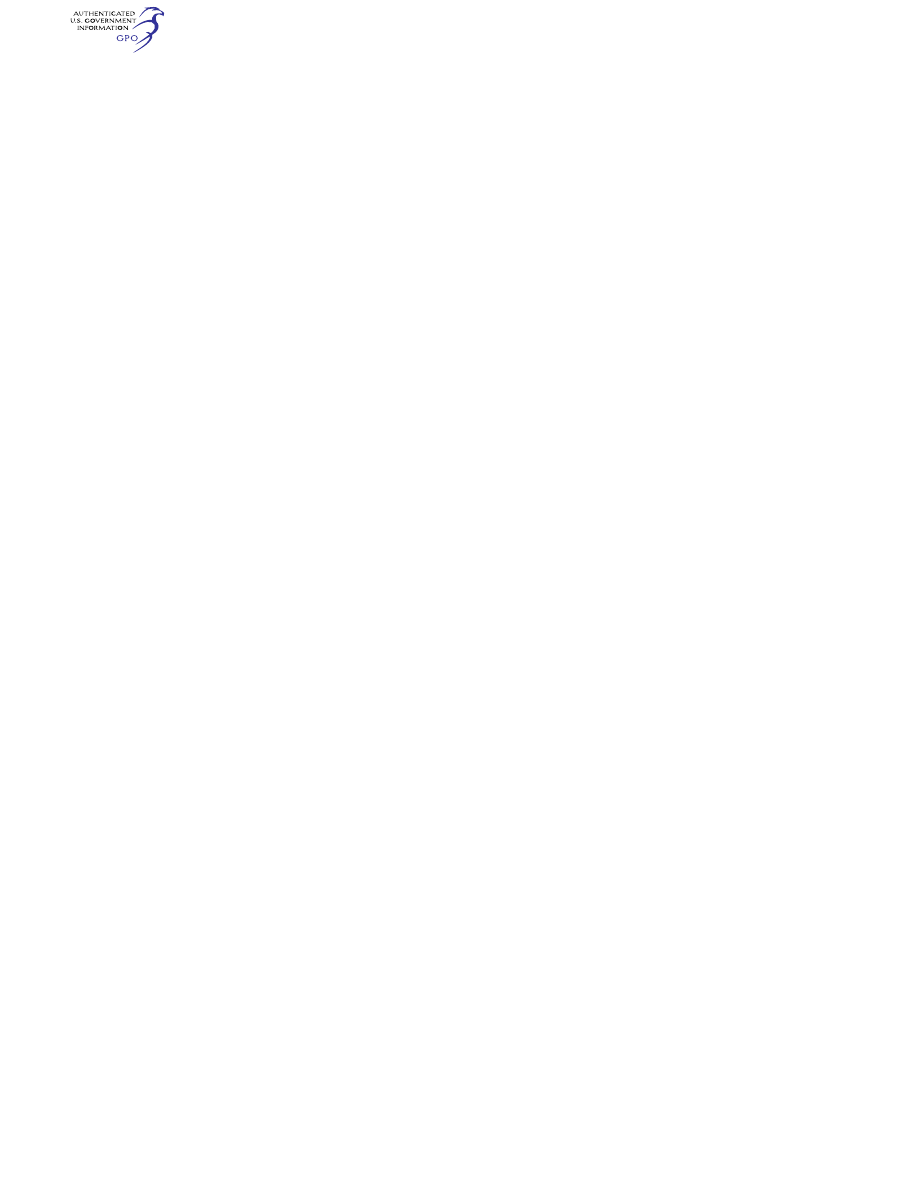
870
49 CFR Ch. I (10–1–23 Edition)
§ 175.630
medical-use compressed oxygen per
passenger needing oxygen at destina-
tion—with a rated capacity of 1000 L
(34 cubic feet) or less of oxygen—may
be carried in a Class B aircraft cargo
compartment or its equivalent.
(e) A cylinder containing medical-use
compressed oxygen, owned or leased by
an aircraft operator or offered for
transportation by a passenger needing
it for personal medical use at destina-
tion, may be carried in the cabin of a
passenger-carrying aircraft in accord-
ance with the following provisions:
(1) No more than six cylinders be-
longing to the aircraft operator and, in
addition, no more than one cylinder
per passenger needing the oxygen at
destination, may be transported in the
cabin of the aircraft under the provi-
sions of this paragraph (e);
(2) The rated capacity of each cyl-
inder may not exceed 1,000 L (34 cubic
feet);
(3) Each cylinder must conform to
the provisions of this subchapter and
be placed in:
(i) An outer packaging that conforms
to the performance criteria of Air
Transport Association (ATA) Specifica-
tion 300 for a Category I Shipping Con-
tainer; or
(ii) A metal, plastic or wood outer
packaging that conforms to a UN
standard at the Packing Group I or II
performance level.
(4) The aircraft operator shall se-
curely stow the cylinder in its over-
pack or outer packaging in the cabin of
the aircraft and shall notify the pilot-
in-command as specified in § 175.33 of
this part; and
(5) Shipments under this paragraph
(e) are not subject to—
(i) Sections 173.302(f) and 173.304(f) of
this subchapter, subpart C of part 172 of
this subchapter, and, for passengers
only, subpart H of part 172 of this sub-
chapter;
(ii) Section 173.25(a)(4) of this sub-
chapter; and
(iii) Paragraph (b) of this section.
[72 FR 4456, Jan. 31, 2007, as amended at 72
FR 55099, Sept. 28, 2007]
§ 175.630
Special requirements for Di-
vision 6.1 (poisonous) material and
Division 6.2 (infectious substances)
materials.
(a) [Reserved]
(b) No person may operate an aircraft
that has been used to transport any
package required to bear a POISON or
POISON INHALATION HAZARD label
unless, upon removal of such package,
the area in the aircraft in which it was
carried is visually inspected for evi-
dence of leakage, spillage, or other
contamination. All contamination dis-
covered must be either isolated or re-
moved from the aircraft.
(c) When unloaded from the aircraft,
each package, overpack, pallet, or unit
load device containing a Division 6.2
material must be inspected for signs of
leakage. If evidence of leakage is
found, the cargo compartment in which
the package, overpack, or unit load de-
vice was transported must be dis-
infected. Disinfection may be by any
means that will make the material re-
leased ineffective at transmitting dis-
ease.
[71 FR 14604, Mar. 22, 2006, as amended at 71
FR 32263, June 2, 2006; 80 FR 1164, Jan. 8, 2015;
85 FR 83402, Dec. 21, 2020]
§ 175.700
Special limitations and re-
quirements for Class 7 materials.
(a) Except as provided in §§ 173.4a,
173.422 and 173.423 of this subchapter,
no person may carry any Class 7 mate-
rials aboard a passenger-carrying air-
craft unless that material is intended
for use in, or incident to research (See
§ 171.8 of this subchapter), medical diag-
nosis or treatment. Regardless of its
intended use, no person may carry a
Type B(M) package aboard a passenger-
carrying aircraft, a vented Type B(M)
package aboard any aircraft, or a liq-
uid pyrophoric Class 7 material aboard
any aircraft.
(b)
Limits for transport index and criti-
cality safety index.
A person may carry
the following Class 7 (radioactive) ma-
terials aboard an aircraft only when—
(1) On a passenger-carrying aircraft—
(i) Each single package on the air-
craft has a transport index no greater
than 3.0;
(ii) The combined transport index
and the combined criticality index of